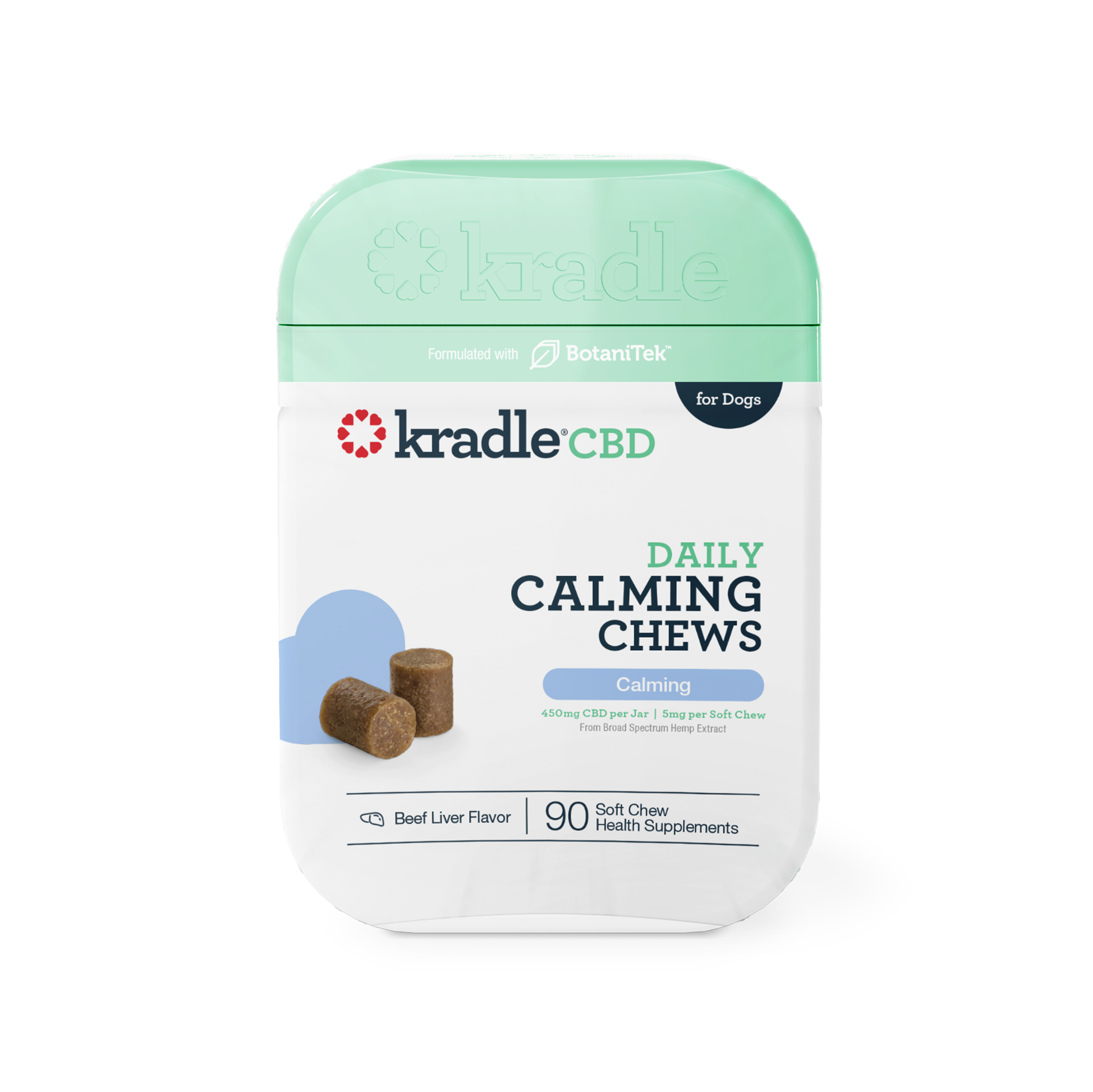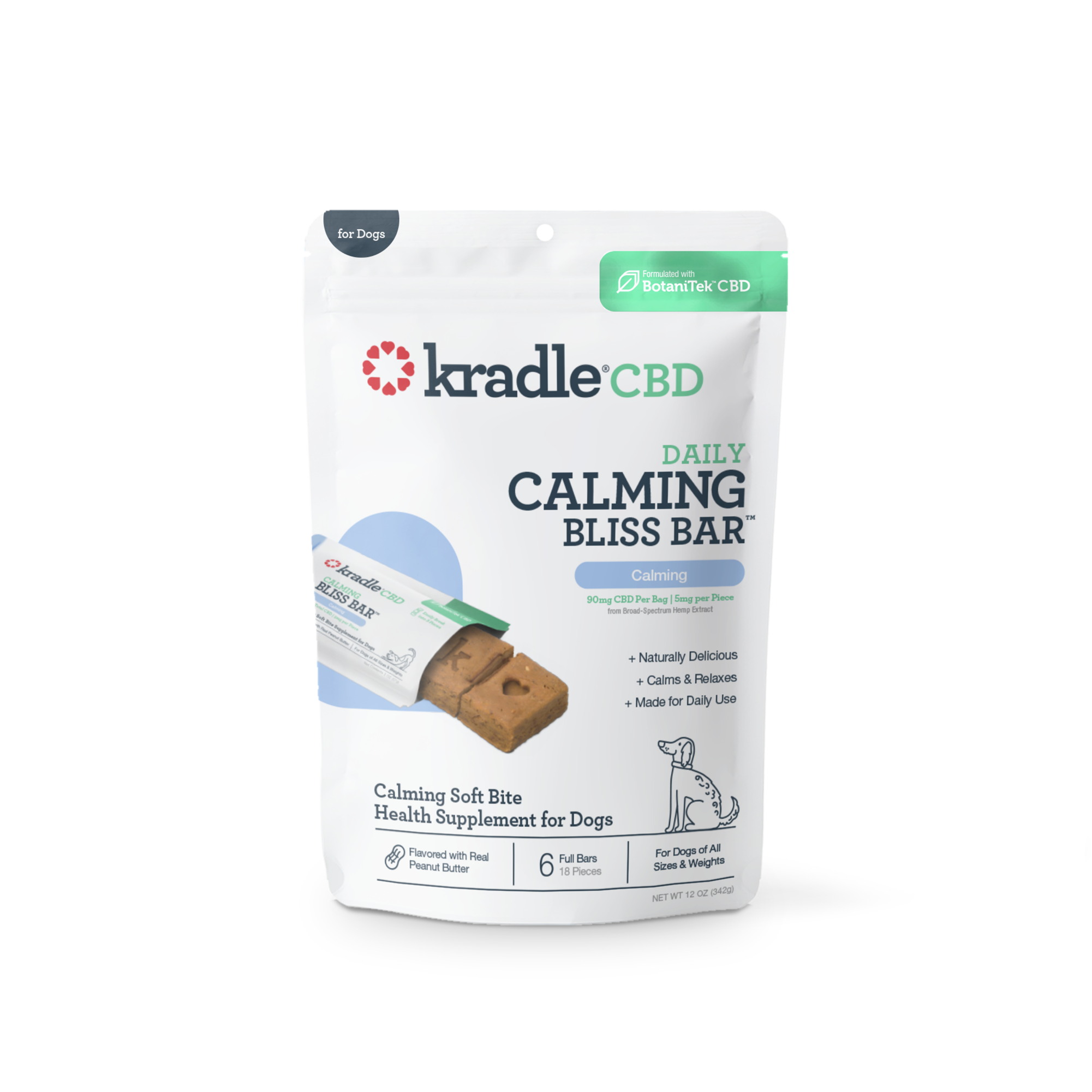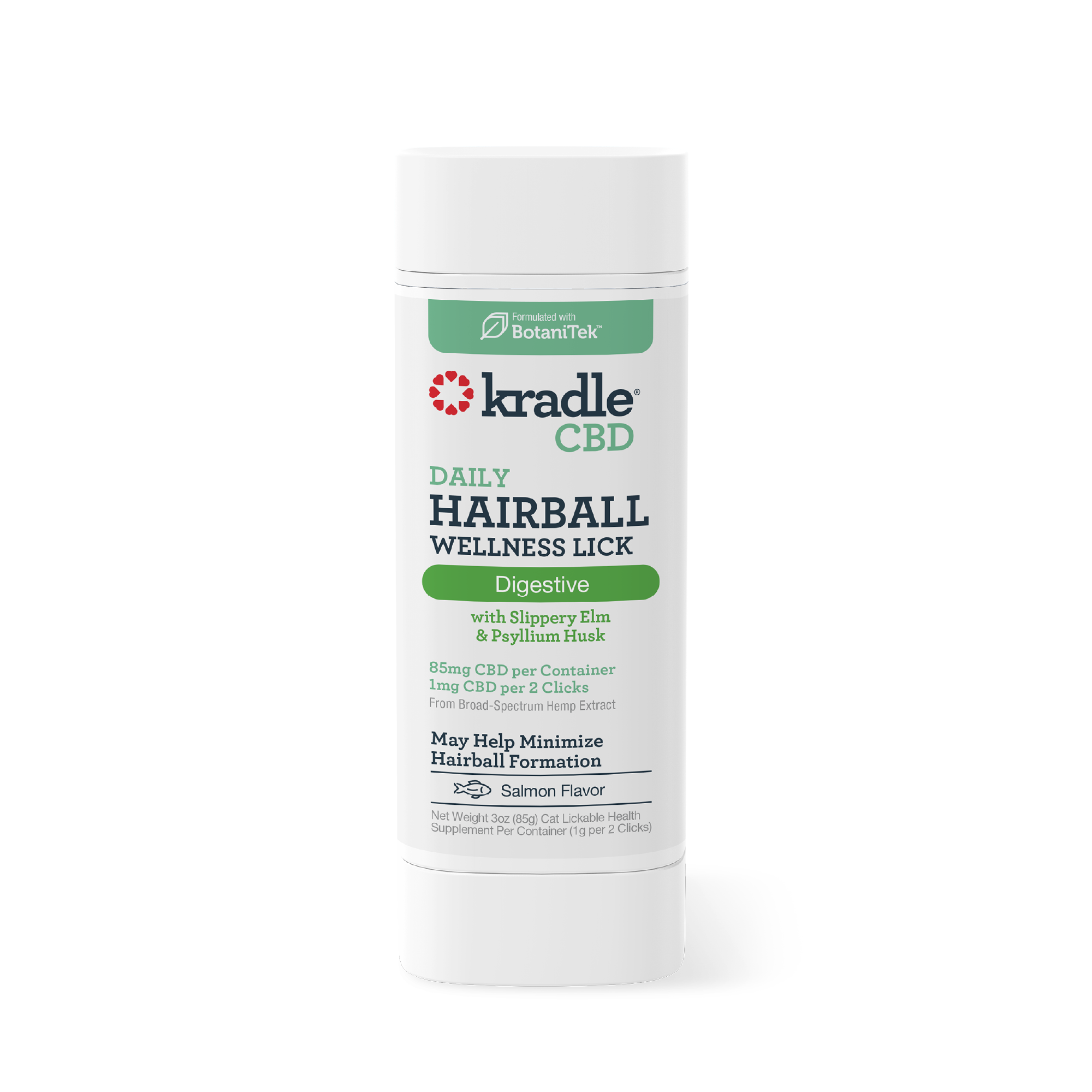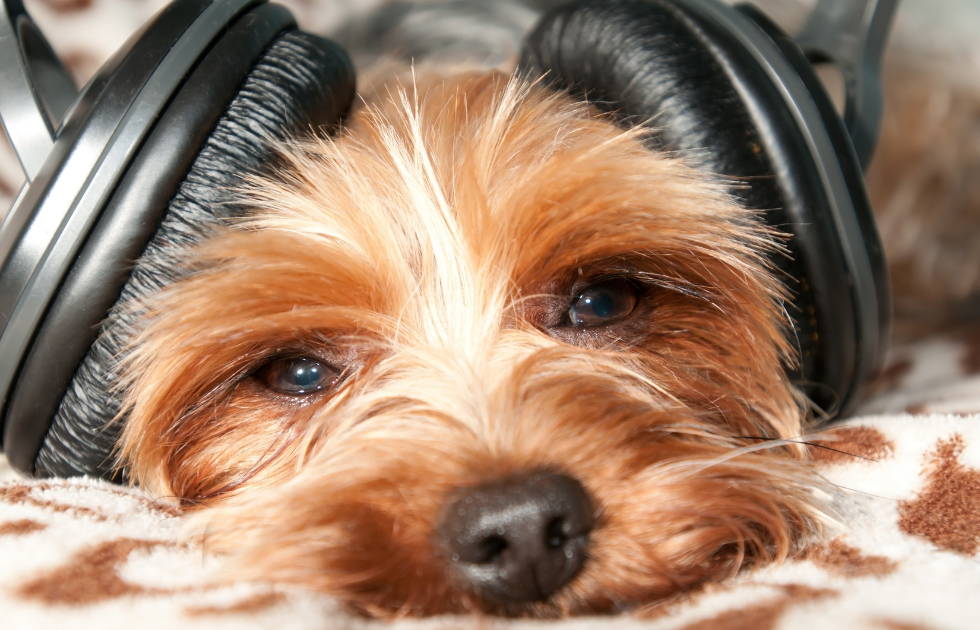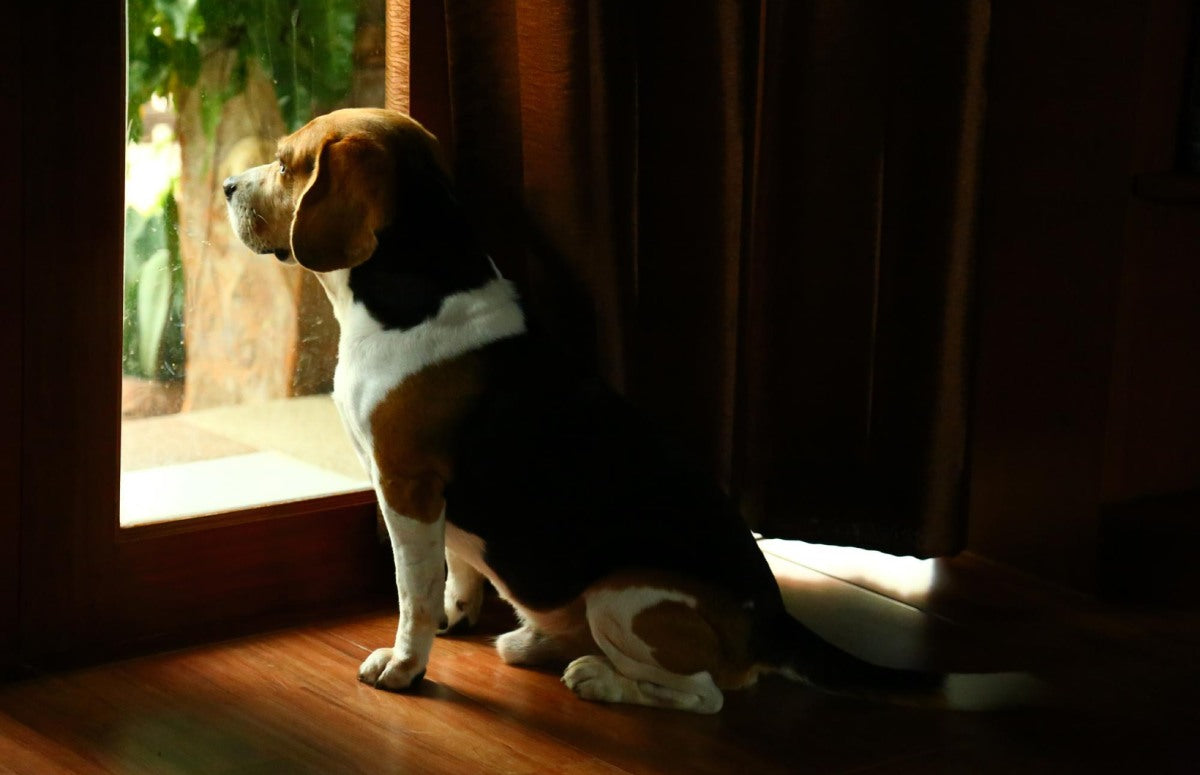
How To Help a Dog With Separation Anxiety
Separation anxiety in dogs is a tricky issue for dog owners to handle, particularly after spending more hours together as people have during the COVID-19 pandemic. Daily routines now include dogs joining every step, deepening their attachment. Many furry companions are more attached than before. When shoes go on, some pups begin pacing, sometimes circling anxiously. Doors close, and whining starts up from the other side. Waiting by the door has become a habit for some. These behaviors, sometimes subtle and sometimes intense, point to separation stress. In more severe cases, separation anxiety of dogs becomes very clear in their reactions.
A Petco survey revealed over 65% of pet parents feel anxious about leaving their dogs alone when returning to the office. Many people worry about long workdays and their pets’ emotional reactions. This sentiment is valid. It is understandable to want solutions for dogs and separation anxiety.
In this post, we explain the difference between separation stress and clinical separation anxiety in dogs, why some dogs seem to be affected by it more than others, and the easiest way on how to help a dog with separation anxiety.
What is Separation Anxiety, & How Is It Different Than Separation Stress?

Not all anxious behavior are signs of clinical separation anxiety. Many dogs exhibit symptoms that seem like anxiety, but are actually part of a separate phenomenon — separation stress. Separation anxiety in dogs should be diagnosed by a veterinarian only. Many dogs feel general stress when left by themselves but do not have full-blown anxiety.
In its clinical form, separation anxiety shows up in dogs who are unable to cope or be comfortable when alone. They follow their owners all over the house and react with fear as soon as their human runs off. More severe reactions can occasionally cause self-injury, including breaking through screens or injuring paws against doors and windows.
Common Signs of Separation Stress
According to recent studies, around 20% of dogs display anxious behavior when their person leaves home. That number may have grown since spending more time together became the new standard.
Common symptoms in dogs include:
-
Pacing, especially as the owner prepares to leave, sometimes with wide eyes and nervous glances.
-
Whining or yelping at windows and doors, sometimes escalating if the absence is extended.
-
Nonstop barking could last hours and upset the neighbors.
-
Attempting to flee, scraping and chewing at doors and windows, even injuring themselves in the process.
-
Indoor accidents, even in previously house-trained dogs, particularly right after the owner leaves.
-
Undesirable behavior such as chewing furniture, baseboards and shoes.
If these signs arise as soon as your dog is left alone, separation stress might be the cause. Some dogs may experience loss of appetite or ignore toys when alone. However, if chewing or barking continues even while people are home, other factors may be influencing behavior.
Why Do Dogs Develop Separation Stress?
While there is no single answer for why separation anxiety of dogs develops, experts see some common patterns. Shelter dogs often struggle more than pups raised in the same family since puppyhood. Still, any dog can start showing signs at any life stage. Companionship needs, early experiences, and genetic factors all play roles.
Here are the most recognized reasons for separation anxiety in dogs and how it can develop:
-
Changes in Human Household: Events like divorce or the passing of a loved one disrupt a dog’s sense of security. For example, losing a primary caregiver can unsettle even calm dogs.
-
Moving Houses: Dogs are creatures of habit. Relocating can confuse them, igniting fears of abandonment.
-
New Family Members Added: Whether a new baby, roommate, or animal enters, routines change and can unsettle a pup.
-
Routine Shifts: If someone returns to work or school after being around more, dogs have to adjust to time alone.
-
Sudden Absence or Extended Vacations: Prolonged separations can increase fear even once routines resume.
-
Negative Past Experiences: Shelter life, abuse, or long kennel stays leave lasting imprints that can lead to chronic anxiety.
-
First-time Owners Unaware of Early Signs: Without early recognition and socialization, some separation anxiety in dogs becomes ingrained.
-
Genetic Disposition: Some breeds or bloodlines, like German Shepherds or Labradors, tend to be more anxious than others. See anxious dog breeds for more.
-
Traumatic Events: Loud noises, natural disasters, or being lost once can set off a lifelong fear of being left.
Many dogs seem perfectly fine with separation—until something shifts. Dogs who were never left alone as puppies may react more strongly. The key to curing dog separation anxiety quickly lies in understanding triggers, showing compassion, and following a clear plan grounded in dog training.
How to Help Your Dog: A Step-by-Step Guide
Helping your dog feel safe starts with structure and trust. Every step builds confidence. None of this works overnight, and that’s okay. Calm habits grow slowly but last a long time. Here is how to treat separation anxiety in dogs:
Management and Creating a Safe Environment
Treating separation anxiety in dogs starts with setting up a secure space. Dogs relax best in familiar surroundings. Try designating one room as a “safe space.” Keep comforting toys, bedding, and water there. Calming pheromone diffusers may also help and add a reassuring scent.
Tip 1: Create a “Safe Space”
Choose a quiet room with the dog’s favorite items. Remove any hazards and keep comforting objects close. Use baby gates to section off this area if possible. Some families arrange windows for sunlight, add an old t-shirt with a familiar scent, or keep white noise in the background.
Core Behavioral Training Techniques
Tip 2: Implement Gradual Desensitization to Departures
Practice short absences at first, such as stepping outside for a minute or two. Dogs feel reassured when small absences are part of daily life. Slowly build up time away, always returning before anxiety starts.
Tip 3: Practice Counter-Conditioning
Make alone time positive. Give a special chew or puzzle toy that your dog only gets when you leave. Over time, your departure becomes the moment something good happens. That shift changes everything.
Daily Routines to Reduce Anxiety
Tip 4: Provide Plenty of Exercise and Mental Stimulation
Activity helps drain nervous energy. Take walks or play games before leaving. Puzzle toys and safe chews provide satisfying stimulation once the owner is gone. New challenges or hidden treats can entertain a dog long after someone leaves.
Tip 5: Keep Departures and Arrivals Low-Key
When you leave, stay neutral. When you come back, stay neutral too. A calm, routine exit helps dogs stay calm, too. Dogs pick up emotional cues, so a steady, positive routine can help lower worry.
Set a routine that mirrors life before a schedule change. Reintroduce daily walks or feeding times that previously set expectations for the day. Reducing overstimulation and providing clear cues signals security. An organized schedule helps many anxious dogs predict their day. For more methods, explore how to create a calming effect on dogs.
Supporting Your Training: Calming Aids and Professional Help
Results come when dog separation anxiety training uses both consistent routines and natural calming aids. Try calming treats or pheromone collars, but never skip veterinary consultation if symptoms persist.
For pups with moderate to severe anxiety, expert guidance can be invaluable. A professional dog trainer, especially a Certified Separation Anxiety Trainer (CSAT), or a veterinary behaviorist, can develop a personalized plan. These specialists help dogs who are really struggling, with the latest science and compassion. This is key in treating separation anxiety in dogs and achieving lasting improvement in even tough situations.
The Kradle® Solution: Home Alone Calming Duo
Being home alone does not need to be scary for any pet. Kradle offers essential calming support for dogs living with separation anxiety through the CBD Calming Chews and CBD Chillers. These long-lasting flavored chews and bones keeps them occupied, content, and grounded in peaceful behaviors, combining tasty distraction with natural calming ingredients like Ashwagandha and L-Theanine.
Dogs who look forward to their owner’s return often re-settle faster. This solution is crafted to make transitions smoother for pets and their people. The calming effect can help break cycles of anxiety and reinforce calmness every single day.
Separation anxiety in dogs is manageable when treated with kindness and daily structure and putting into place a regime of behavioral interventions — along with the proper calming aids, sometimes professional assistance. Puppies and adults alike make the most headway when plans are consistent, calm and based on understanding. Through these methods, dogs and their owners can enjoy less stress, and more peaceful and happy days. For tips specific to your breed, see anxious dog breeds, and for more strategies check calming effect on dogs. With patience, you and your dog can enjoy stress-free, happy days.

